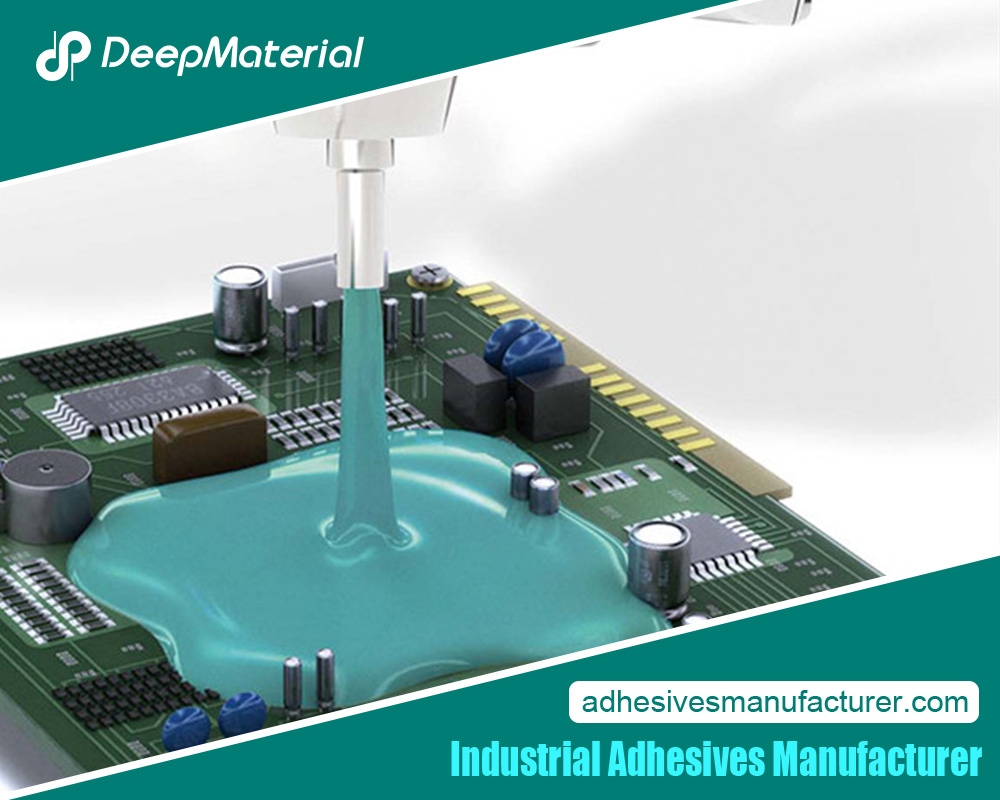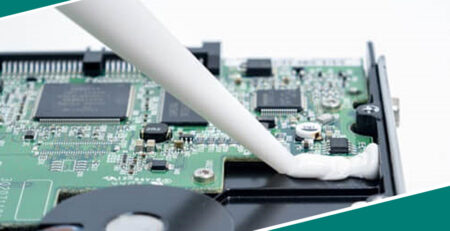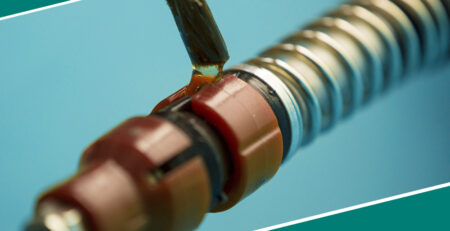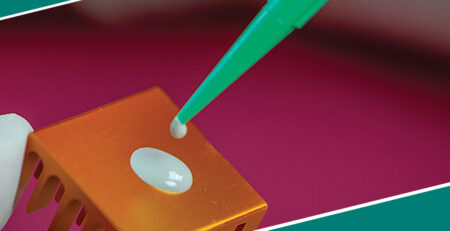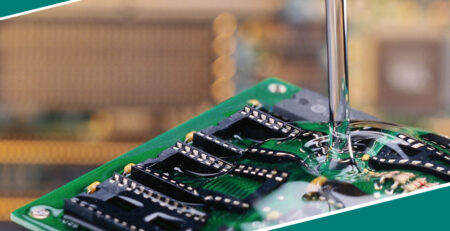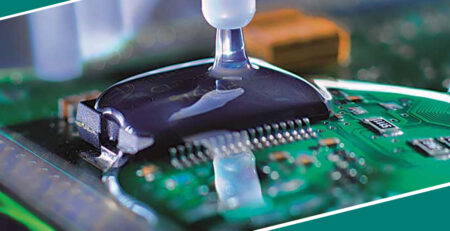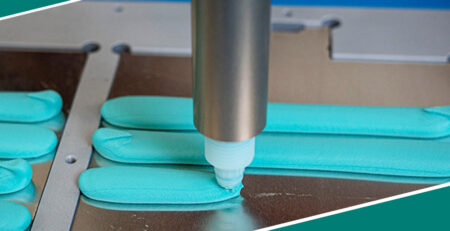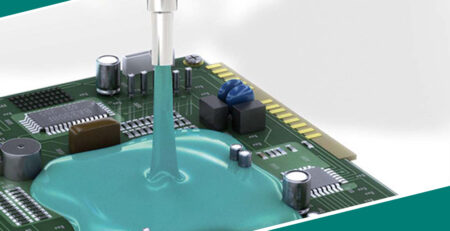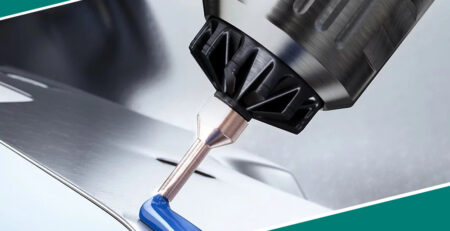The Versatility of Non-Conductive Epoxy Adhesive Glue for Electronics
The Versatility of Non-Conductive Epoxy Adhesive Glue for Electronics
In the rapidly evolving world of electronics, the demand for robust, reliable, and versatile materials has never been higher. Among these essential materials, non-conductive epoxy adhesive glue for electronics stands out as a crucial component for various applications. These adhesives are not just about sticking things together; they are critical in ensuring electronic devices’ durability, performance, and safety. This article delves into the importance, applications, and benefits of non-conductive epoxy adhesive glue in the electronics industry. It explores its unique properties and why it is a preferred choice for manufacturers and engineers alike.
Understanding Non-Conductive Epoxy Adhesive Glue
What is Non-Conductive Epoxy Adhesive Glue?
Non-conductive epoxy adhesive glue is specifically formulated to provide a strong bond without allowing electrical conductivity. Unlike traditional conductive adhesives, these glues are designed to insulate electronic components, preventing electrical currents from passing through the adhesive layer. This characteristic makes them ideal for applications where electrical isolation is crucial.
Critical Properties of Non-Conductive Epoxy Adhesive Glue
- Electrical Insulation: The primary feature of non-conductive epoxy adhesives is their ability to insulate electrical components, ensuring that no unintended electrical pathways are created.
- Strong Adhesion: These adhesives offer excellent bonding strength and can hold various materials together securely, including metals, plastics, ceramics, and more.
- Thermal Stability:Non-conductive epoxies are designed to withstand high temperatures, making them suitable for electronic devices that generate heat during operation.
- Chemical Resistance: These adhesives resist chemicals, moisture, and environmental factors, ensuring long-term durability and reliability in different conditions.
Applications of Non-Conductive Epoxy Adhesive Glue in Electronics
Component Assembly and Bonding
One of the most common applications of non-conductive epoxy adhesive glue is the assembly and bonding of electronic components. Whether attaching microchips to a circuit board or bonding delicate components within a device, these adhesives provide a secure and insulated connection.
- Microelectronics:In microelectronic applications, where space is limited, and precision is paramount, non-conductive epoxy adhesives ensure that components are firmly held in place without the risk of electrical short circuits.
- Printed Circuit Boards (PCBs): Non-conductive epoxy glue is widely used in PCB manufacturing to bond components and secure them to the board, ensuring long-term stability and performance.
Encapsulation and Potting
Encapsulation and potting involve encasing electronic components in a protective layer of epoxy adhesive. Non-conductive epoxy adhesives are ideal for these processes, protecting against moisture, dust, and other environmental factors while ensuring electrical insulation.
- Protection Against Environmental Hazards:Encapsulation with non-conductive epoxy prevents damage from external factors such as humidity, chemicals, and mechanical stress.
- Enhanced Durability: By potting components in non-conductive epoxy, manufacturers can significantly improve the durability and lifespan of electronic devices.
Thermal Management
In electronics, managing heat is critical to maintaining performance and preventing damage. Non-conductive epoxy adhesives often play a role in thermal management by providing a thermally stable bond that helps dissipate heat from sensitive components.
- Heat Sinks: These adhesives can bond heat sinks to components, ensuring efficient heat transfer without compromising electrical insulation.
- Thermally Conductive Variants: While some non-conductive epoxies are purely for insulation, others are designed with thermal conductivity, providing a dual function of heat management and electrical insulation.
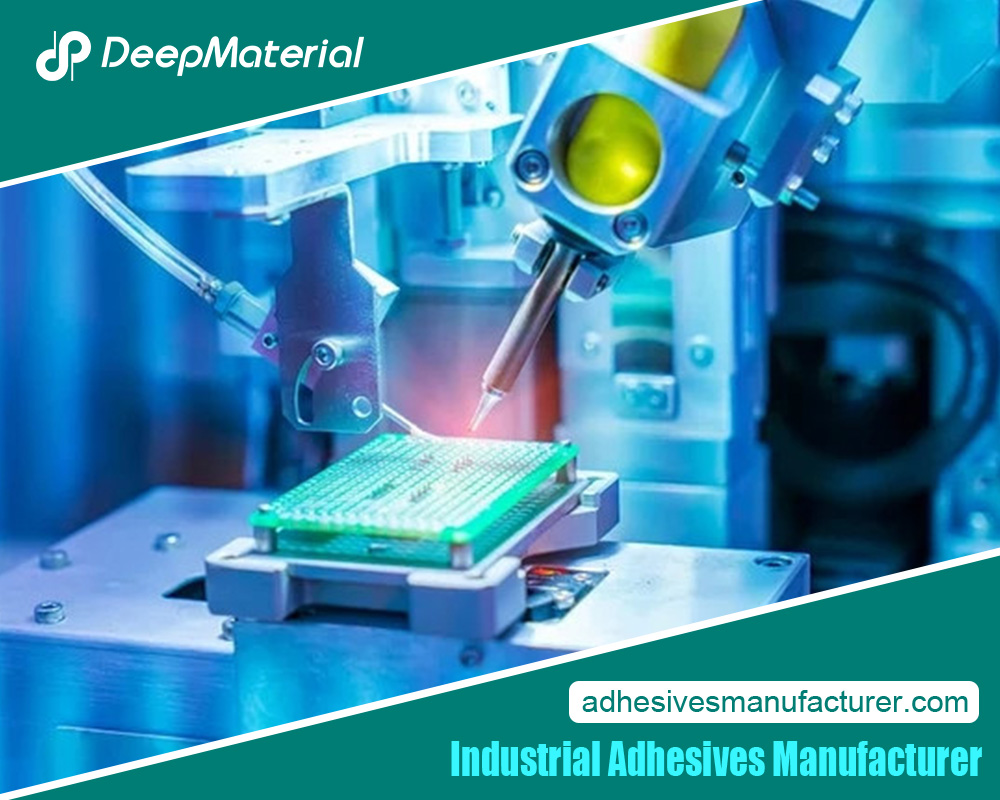 Advantages of Using Non-Conductive Epoxy Adhesive Glue
Advantages of Using Non-Conductive Epoxy Adhesive Glue
Enhanced Device Reliability
- Using non-conductive epoxy adhesive glue in electronics enhances their overall reliability. By preventing electrical shorts and providing robust protection against environmental factors, these adhesives contribute to the long-term functionality of electronic products.
Versatility in Application
- Non-conductive epoxy adhesives are versatile and can be used in various industries. From consumer electronics to automotive electronics and aerospace technology, these adhesives provide a reliable solution for bonding and insulating electronic components.
Improved Manufacturing Efficiency
- For manufacturers, using non-conductive epoxy adhesive glue can streamline the production process. These adhesives are easy to apply, cure quickly, and provide a strong bond, allowing for faster assembly and reduced production time.
Selecting the Right Non-Conductive Epoxy Adhesive Glue
Consider the Application Requirements
When selecting a non-conductive epoxy adhesive, it’s essential to consider the application’s specific requirements. Factors such as operating temperature, environmental conditions, and bonded materials should all be considered.
- Temperature Resistance:Ensure that the adhesive can withstand the operating temperatures of the device without degrading.
- Material Compatibility: Choose an adhesive compatible with the materials involved, whether they are metals, plastics, ceramics, or composites.
Understand the Curing Process
Different non-conductive epoxy adhesives have varying curing processes, ranging from room temperature curing to those that require heat. Understanding the curing requirements is essential to ensure the adhesive performs as expected.
- Room Temperature Curing: These adhesives cure at ambient temperatures, making them ideal for applications where heat cannot be applied.
- Heat-Cured Epoxies: These provide faster curing times and are often used in industrial applications requiring high throughput.
Evaluate the Adhesive’s Performance Characteristics
Performance characteristics such as bond strength, flexibility, and chemical resistance should be evaluated to ensure the adhesive meets the application’s demands.
- Bond Strength: Depending on the application, the adhesive may need a rigid or flexible bond.
- Chemical Resistance: Selecting an adhesive with high chemical resistance is crucial for applications exposed to harsh environments.
Common Challenges and Solutions
Overcoming Adhesive Shrinkage
One challenge with some epoxy adhesives is shrinkage during curing, which can lead to stress on components. To address this, manufacturers can opt for low-shrinkage formulations of non-conductive epoxy adhesive.
- Low-Shrinkage Formulations: These are designed to minimize shrinkage and reduce the risk of stress or damage to components.
Ensuring Proper Adhesion
Achieving proper adhesion can sometimes be difficult, especially with dissimilar materials. Surface preparation is critical to overcoming this challenge.
- Surface Preparation: Cleaning and roughening the surfaces to be bonded can significantly improve adhesion, ensuring a solid and durable bond.
Innovations and Future Trends in Non-Conductive Epoxy Adhesives
Development of Nano-Filled Epoxies
One of the exciting trends in non-conductive epoxy adhesives is the development of nano-filled epoxies. These adhesives incorporate nanoparticles to enhance performance characteristics such as thermal conductivity, mechanical strength, and chemical resistance.
- Nanotechnology Integration: Using nanoparticles in epoxy formulations allows for improved properties without compromising the adhesive’s non-conductive nature.
Sustainable and Eco-Friendly Adhesives
As the demand for environmentally friendly products grows, there is a trend toward developing more sustainable, non-conductive epoxy adhesives. It includes using bio-based resins and formulations with reduced volatile organic compounds (VOCs).
- Bio-Based Resins: These are derived from renewable resources, offering a more sustainable alternative to traditional epoxy resins.
- Low-VOC Formulations: Reducing VOC content helps minimize environmental impact and improves safety during manufacturing and application.
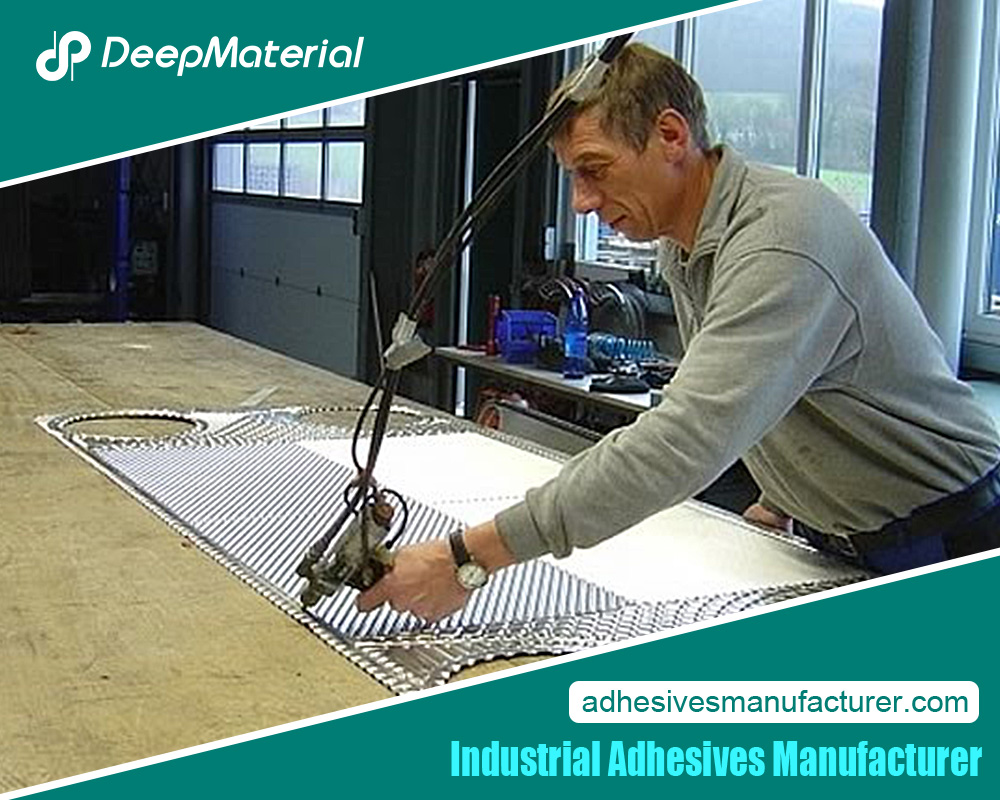 Conclusion
Conclusion
Non-conductive epoxy adhesive glue is an indispensable material in the electronics industry, offering a unique combination of electrical insulation, strong adhesion, and durability. Its versatility makes it suitable for various applications, from microelectronics to thermal management. By understanding the fundamental properties, applications, and selection criteria, manufacturers can leverage these adhesives to enhance the performance and reliability of electronic devices. As innovations continue to emerge, non-conductive epoxy adhesives will likely play an even more significant role in the future of electronics, contributing to safer, more efficient, and environmentally friendly products.
For more about the versatility of non-conductive epoxy adhesive glue for electronics, you can pay a visit to Deepmaterial at https://www.adhesivesmanufacturer.com/ for more info.

